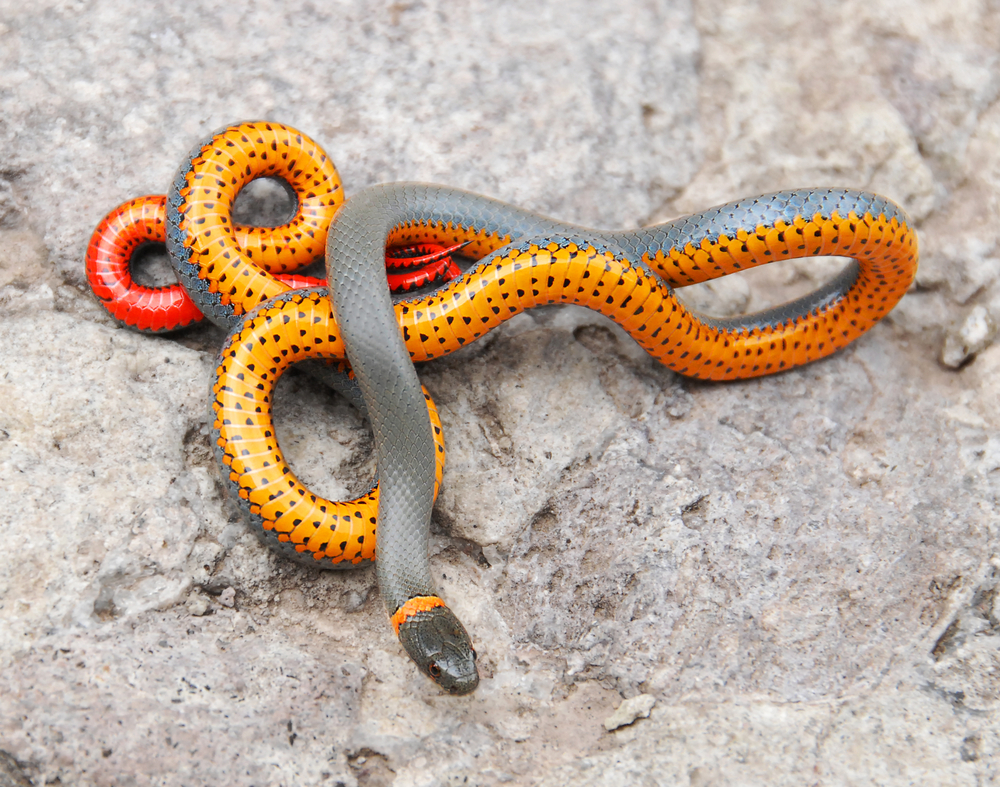Have you ever wondered how many years do snakes live? It’s a fascinating mystery that has been debated for centuries, and now you can uncover the answer. In this article, we’ll explore the lifespan of snakes, examining factors such as species, size, and diet, and how they affect a snake’s life expectancy. We’ll also look at what you can do to ensure your pet snake lives a long and healthy life. By the end of this article, you’ll have a better understanding of how long snakes live and how to extend their lifespan. So let’s get started and uncover the mystery of how many years do snakes live!
Types of Snakes
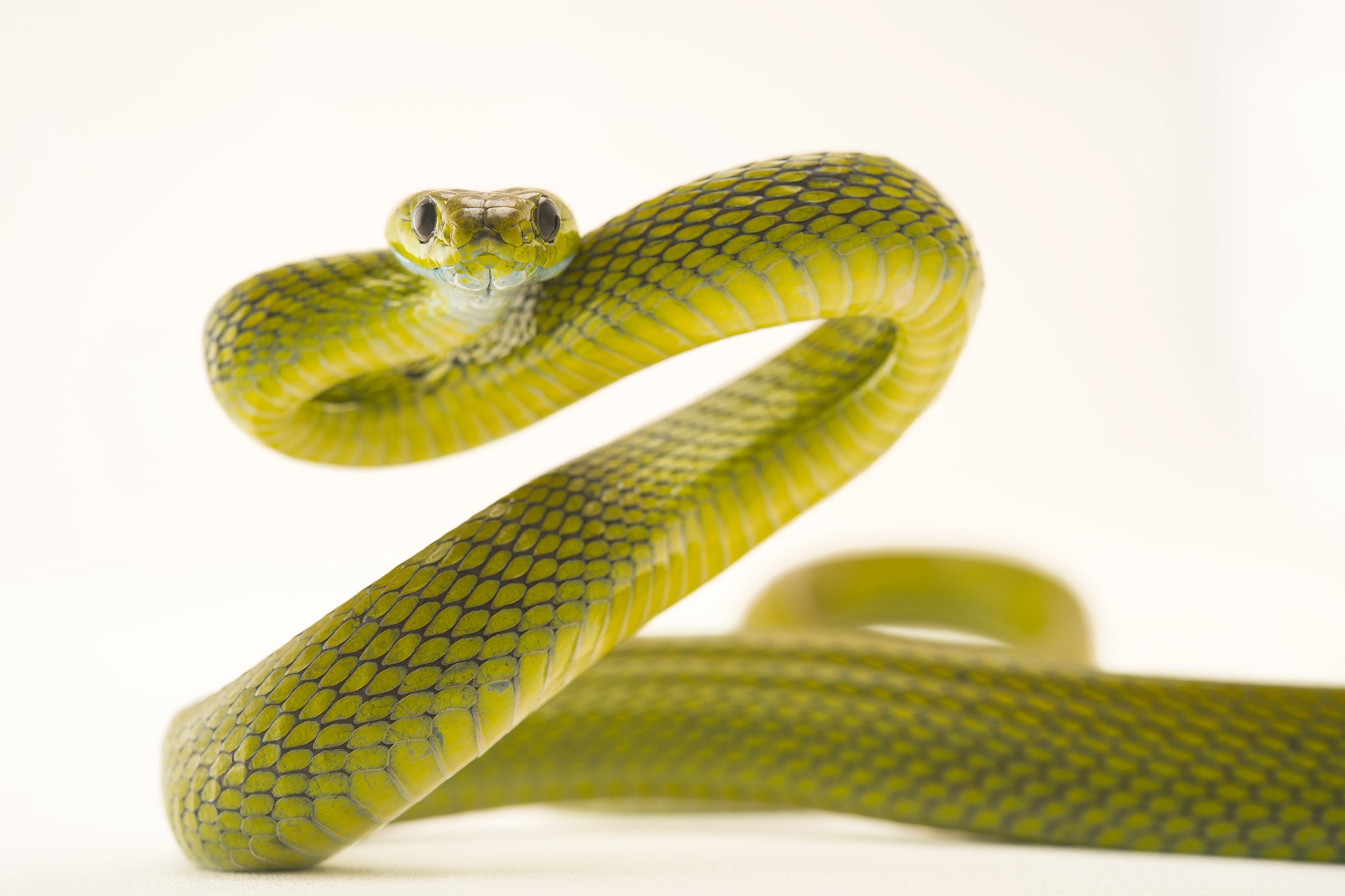
1. Venomous Snakes
Venomous snakes typically live shorter lives than their non-venomous counterparts, with an average lifespan of seven to twelve years. They are prone to disease and frequent predation, making them more vulnerable to early death.
2. Non-Venomous Snakes
Non-venomous snakes have a much longer lifespan, with some species living up to thirty years in captivity. Wild snakes typically live fewer years due to the many dangers they face. Proper care and husbandry, such as proper diet, enclosure size, and temperature, can significantly increase their lifespan.
Life Expectancy of Snakes
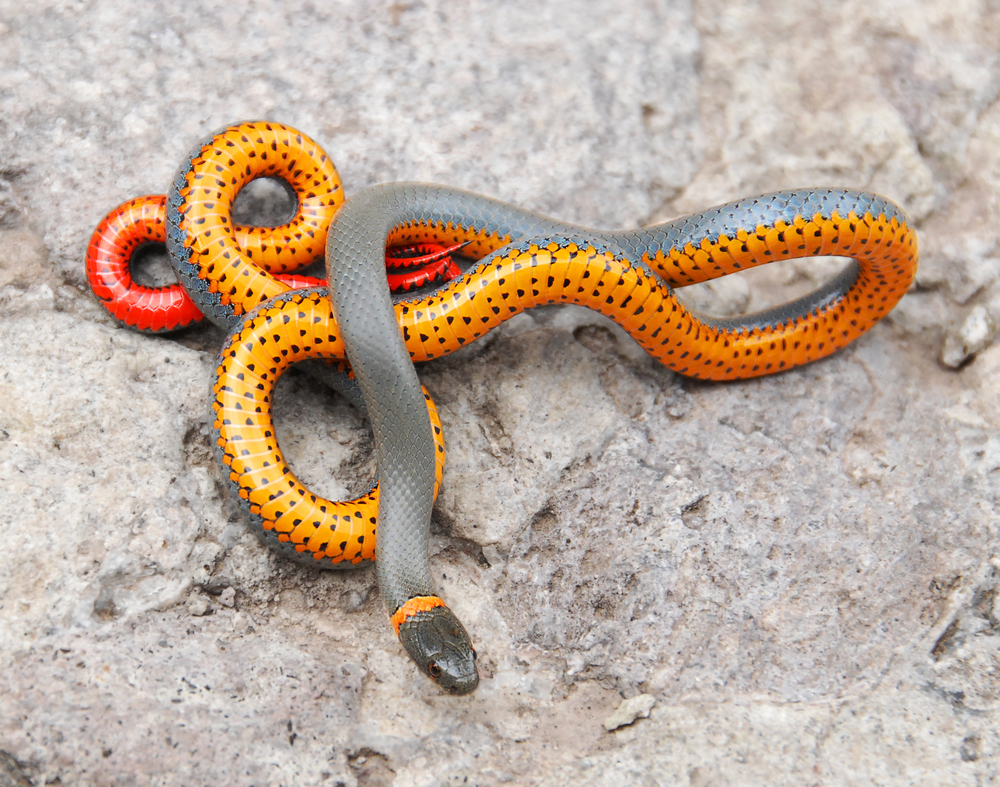
Factors Affecting Life Expectancy
Snakes have varying lifespans depending on a number of factors, from species to habitat and even diet. In the wild, most snakes have a lifespan of 10 to 25 years, but some species can live up to 30 years or more. Captive snakes may live longer due to a more stable environment and better nutrition. The life expectancy of a particular species may also be affected by its size, with larger species usually living longer than smaller ones. Another factor that can affect lifespan is the amount of time a snake spends in hibernation. Snakes that hibernate for long periods may live longer than those that do not.
Boa Constrictor
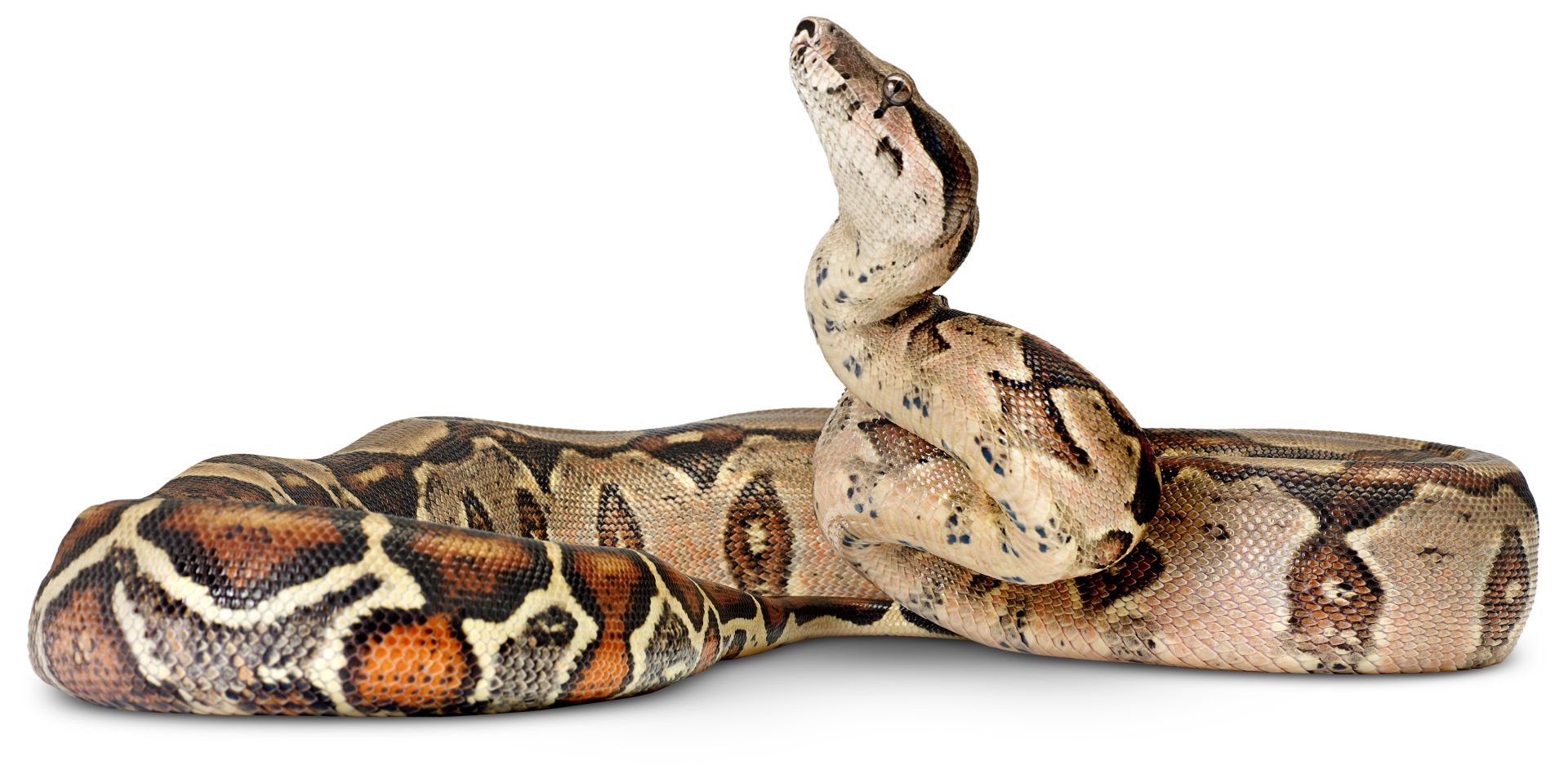
Boa constrictors can live up to 30 years in captivity, but typically live between 15 and 20 years. They are known to grow to lengths of 13 feet, and can weigh up to 55 pounds.
Corn Snake
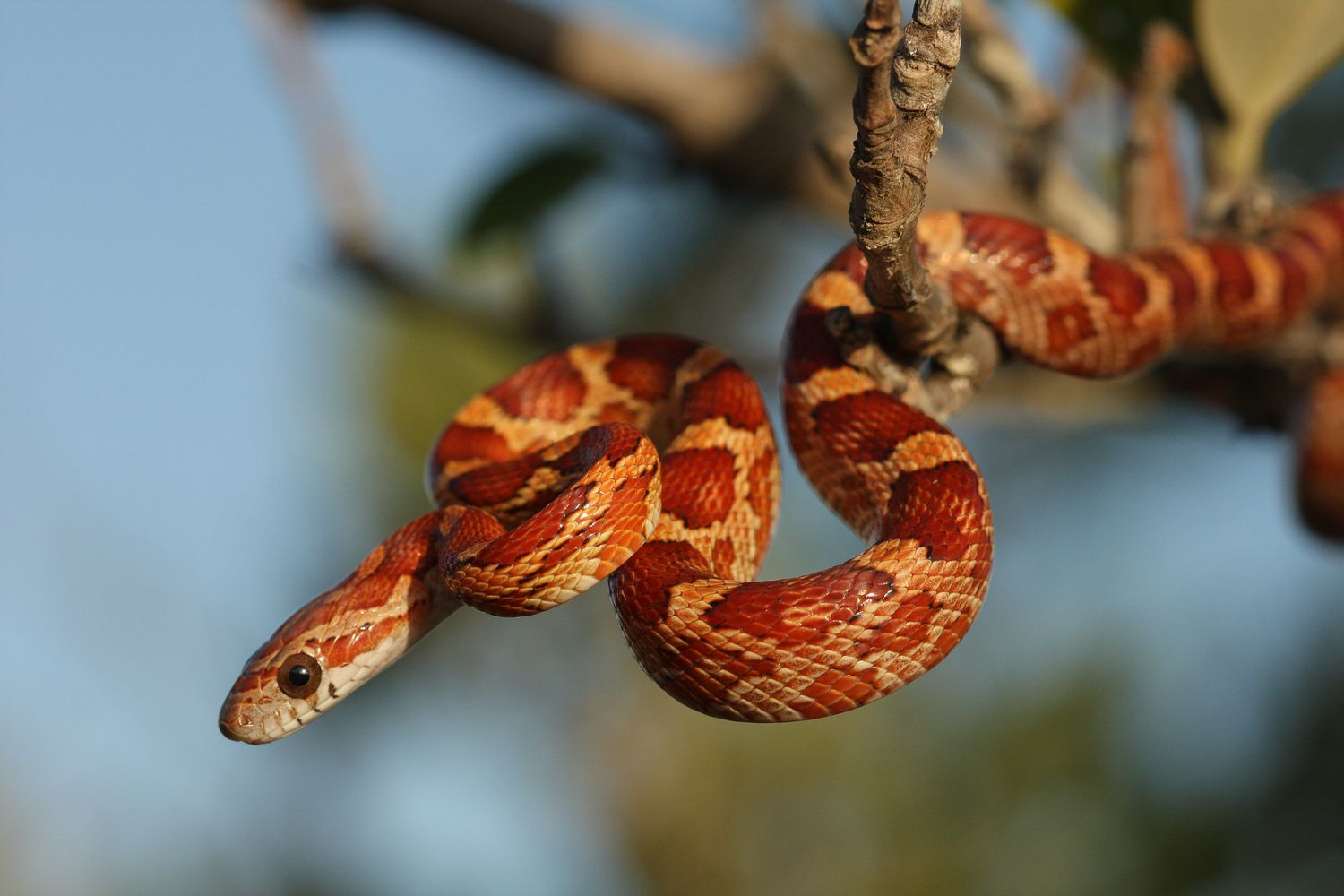
Corn snakes are small, typically growing to a maximum length of 4 feet. They live between 10 and 15 years in captivity, and can weigh up to one pound.
Ball Python
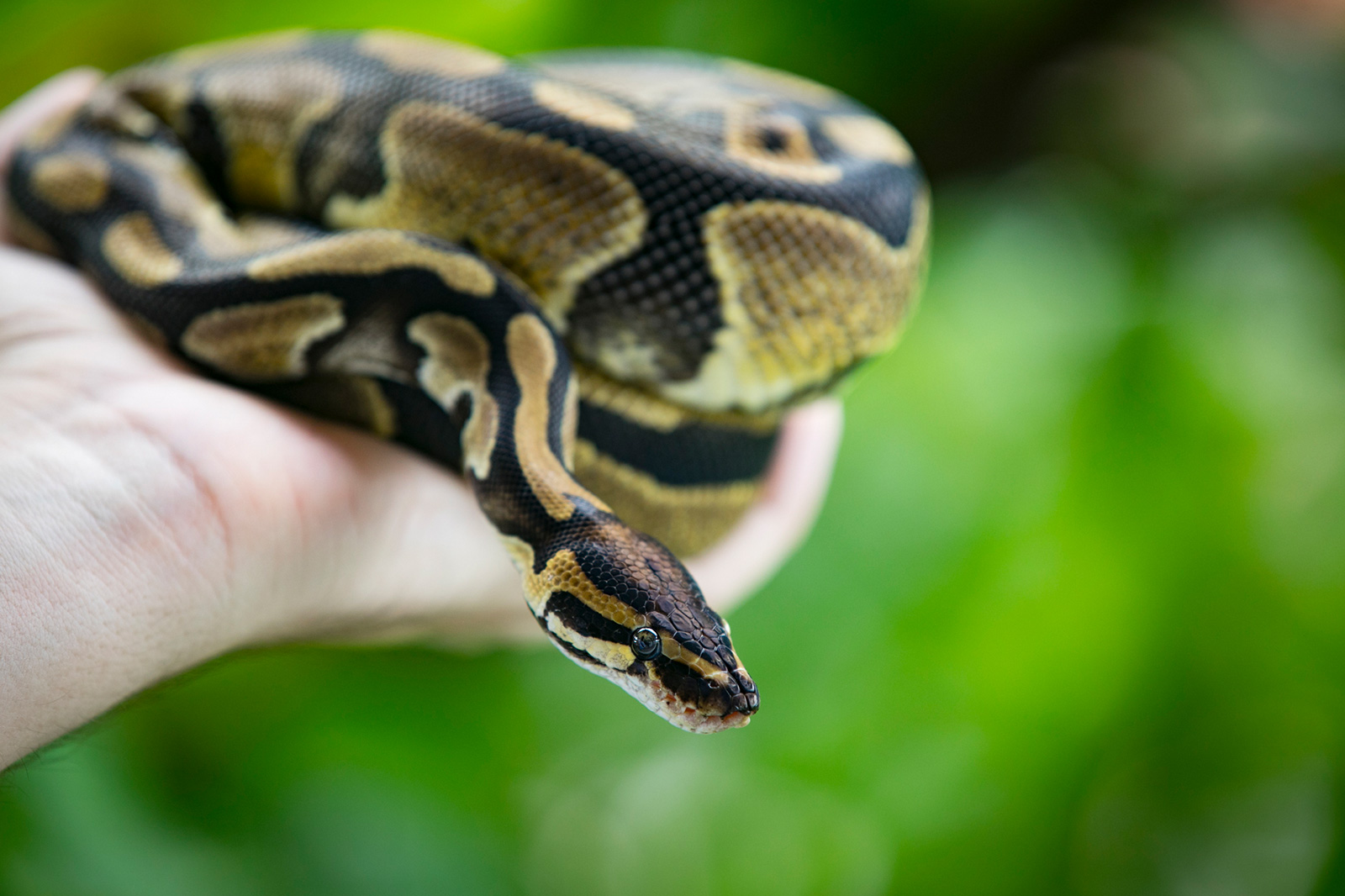
Ball pythons are a small species of snake, reaching a maximum length of just over 4 feet. They typically live up to 25 years and can weigh up to 3.5 pounds.
4. Garter Snake
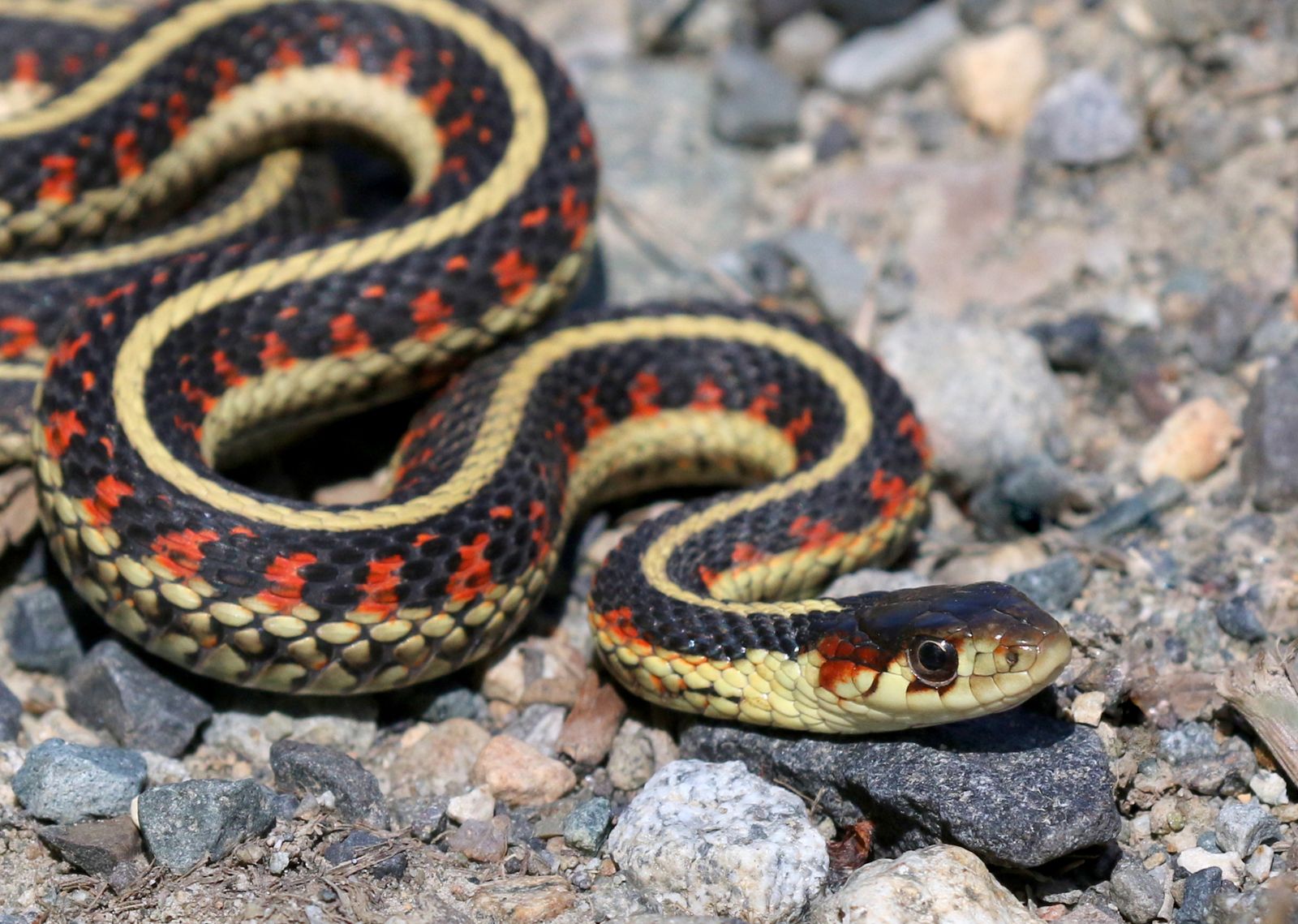
- Average life span: 3-5 years
- Habitat: Garter snakes can be found in a variety of habitats, including woodlands, grasslands, meadows, and near bodies of water.
- Diet: Garter snakes primarily feed on small amphibians, fish, and earthworms.
- Behavior: Garter snakes are active during the day and use their tongue to sense their surroundings.
The Average Lifespan of Snakes
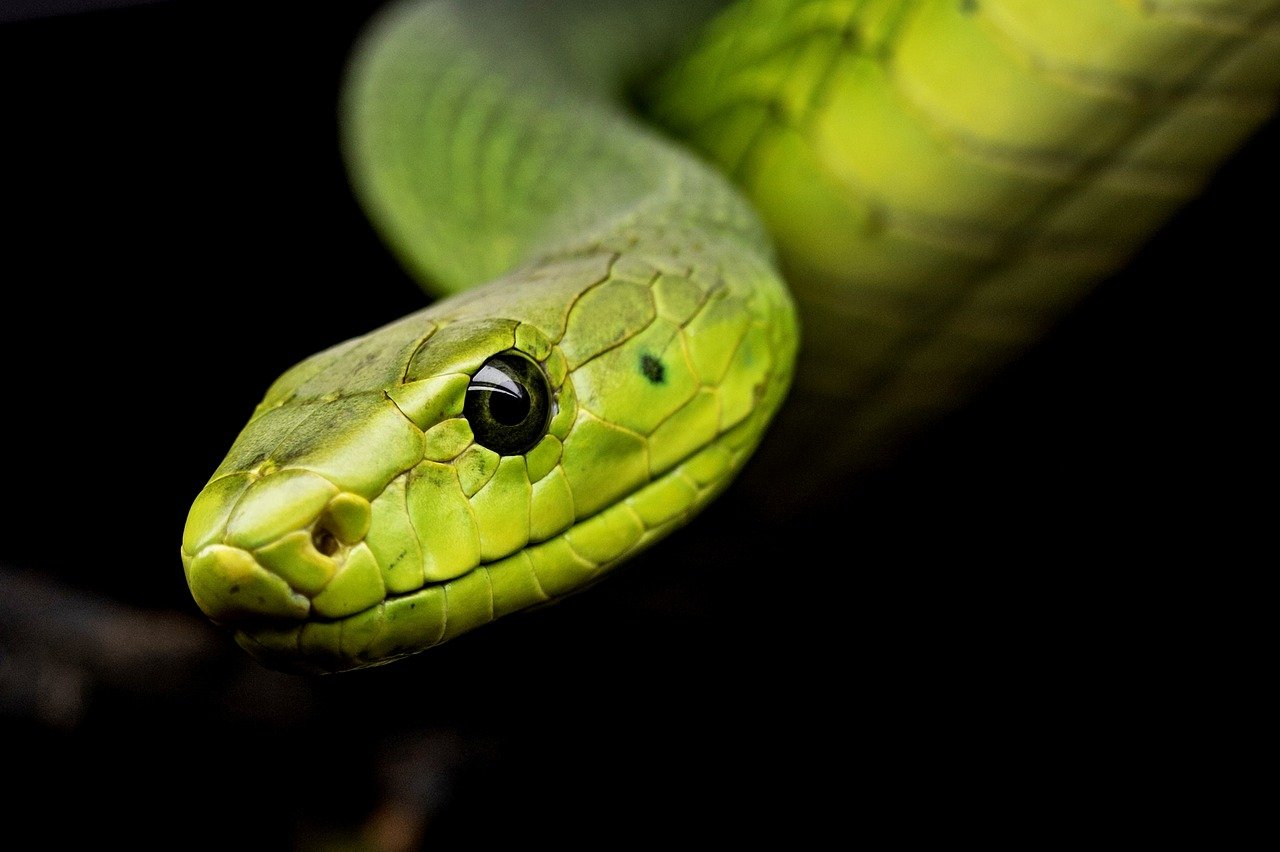
Snakes are among the world’s longest-living animals, with some species living for up to 40 years or more. The average lifespan of a snake depends on its species and size, as well as its living environment. Smaller species like garter snakes tend to live around 5 to 10 years, while larger species like pythons and boas can live up to 20 years or more. In the wild, some snakes live even longer, with some species on record living for more than 40 years.
Captive snakes tend to live longer than wild snakes, as they are provided with an optimal environment and given regular meals. The proper care and nutrition of a captive snake, including regular veterinary visits, can extend its lifespan significantly. Snakes kept in captivity, especially those kept in ideal conditions, can live much longer than their wild counterparts.
In general, the average lifespan of a snake is dependent on its species, size, and environment. Smaller species tend to live shorter lifespans than larger species, and wild snakes tend to live shorter lifespans than captive snakes. With proper care and nutrition, a snake can live significantly longer than its average lifespan.
Common Causes of Death in Snakes
Snakes, like any other living creatures, are susceptible to a variety of factors that can lead to their death. Here are the most common causes of death in snakes:
| Cause | Details |
|---|---|
| Injuries | Injuries caused by other animals, humans, or accidental trauma can lead to death. |
| Infectious Diseases | Snakes can suffer from a variety of infectious diseases, particularly if they are kept in unclean or overcrowded environments. |
| Parasites | Parasites such as ticks and mites can cause a range of health issues, such as anemia, which can ultimately lead to death. |
| Poisoning | Snakes can be poisoned if they ingest or come into contact with toxic substances. |
| Malnutrition | Malnutrition can be caused by a lack of food or an improper diet. This can lead to organ failure, which can be fatal. |
| Dehydration | Snakes can become dehydrated if they do not have access to an adequate source of water. Dehydration can cause serious health problems, leading to death. |
| Stress | Stress can have a range of negative effects on a snake’s health, including organ failure or a weakened immune system. In extreme cases, this can lead to death. |
It is important to be aware of the potential causes of death in snakes so that they can be avoided and the snake can live a long and healthy life.
How to Increase a Snake’s Lifespan
Provide a diet consisting of a variety of prey items appropriate to the species of snake. Feeding a variety of prey items will ensure the snake gets the essential vitamins and minerals it needs to stay healthy. Offer an appropriate prey item once every 5-7 days.
Keep the enclosure clean. Replace the substrate regularly and clean the enclosure walls and furnishings regularly.
Provide a temperature range appropriate to the species of snake. Provide a basking area with a temperature range of 85-90 degrees Fahrenheit and a cool end with a temperature range of 78-82 degrees Fahrenheit.
Provide a hide box for the snake to use. This will help reduce stress and provide a secure place for the snake to rest.
Provide the correct humidity level for the species of snake. Humidity levels should be around 40-60%.
Reduce stress. Do not handle the snake too often, as this can cause stress.
Provide the snake with a secure and safe environment. Predators, pets, and other reptiles should not be able to access the snake’s enclosure.
Take the snake to the vet for regular checkups and health screenings. This will help identify any potential health issues early and can help increase the snake’s lifespan.
Frequently Asked Questions
What Factors Influence the Lifespan of a Snake?
Environmental and genetic factors are the two main influences on the life expectancy of a snake. A snake’s lifespan can vary greatly depending on the breed, size, and habitat. The size of the snake has a direct effect on its life expectancy, with larger snakes living longer than smaller snakes. Snakes living in the wild also have a much shorter lifespan than those living in captivity, as they are exposed to more predators, diseases and stress. Snakes kept in captivity typically have access to regular meals, and their environment is carefully monitored and controlled, so they can live much longer. Other factors that can influence the lifespan of a snake include its diet, the availability of fresh water, and the temperature of its environment.
What behaviors can help snakes live longer?
Ensuring the environment is kept at the right humidity and temperature, providing plenty of hiding spots, offering a varied diet, and allowing regular access to a UVB light source can all help to ensure a snake lives a long and healthy life. Additionally, regular handling should be kept to a minimum and avoided altogether for younger snakes, as this can cause stress.
What is the Average Lifespan of a Snake in Captivity?
Snakes in captivity can live anywhere from 5 to 25 years, depending on the species, size, and the quality of care they receive. The majority of pet snakes live an average of 10 to 15 years, but some species can live much longer. For instance, ball pythons can live up to 30 years, while boa constrictors may reach 40 years of age.
How do wild snakes differ in lifespan compared to those in captivity?
Wild snakes typically have shorter lifespans than those in captivity due to environmental factors such as food availability, predation, and parasites. In captivity, snakes have access to regular meals, a safe environment, and veterinary care, all of which help them to live longer. Wild snakes may also be subject to stress, which can lead to disease and early death. It is not uncommon for wild snakes to live up to 10 years, while those in captivity can live up to 20 years or more depending on the species.
Are there any species of snakes that typically live longer than others?
Yes, some species of snake are known to live longer than others. For example, the Indian python is said to live up to 30 years, while the boa constrictor is known to live up to 40 years. Other species like the king cobra and green tree python have lifespans of around 20 years, while the common garter snake may only live up to 5 years. Factors such as habitat and diet can also influence the lifespan of snakes.
Conclusion
The lifespan of snakes varies greatly depending on their species, size, and environment. Generally, smaller snakes tend to live shorter lives than larger snakes. Snakes living in the wild may live longer than those kept in captivity, as they are not exposed to the same environmental and health risks. On average, snakes live between 5 and 30 years, with some species living as long as 50 years.
